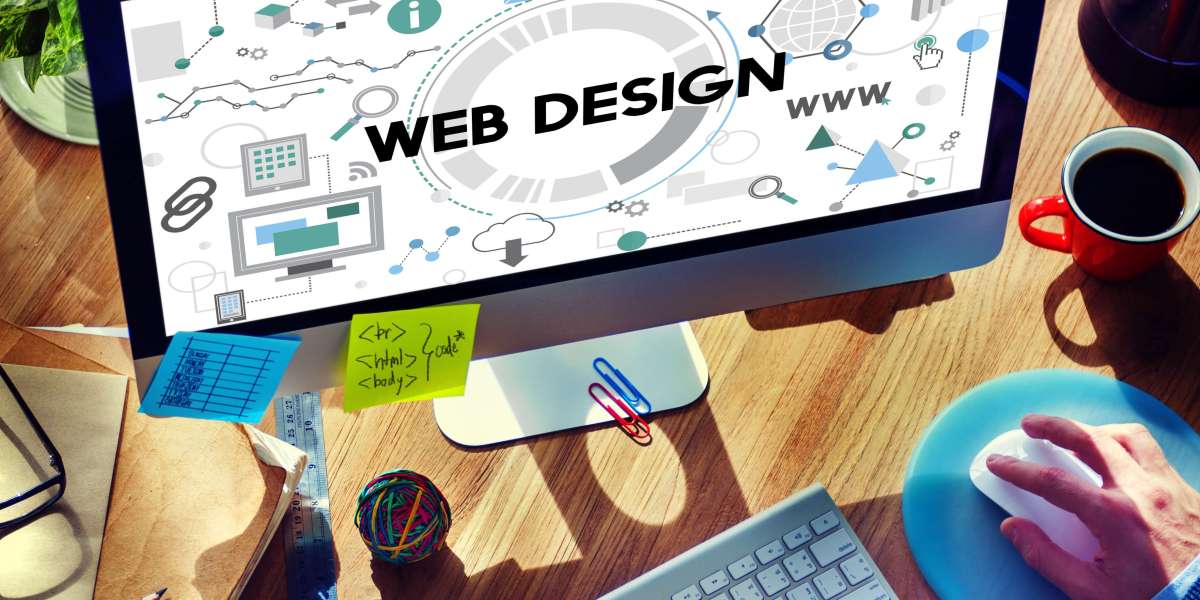A website is frequently the initial point of contact between a customer and a business in today's digital environment. It’s not just a functional platform—it's the digital face of the brand. That’s why branding and website design must go hand in hand. When thoughtfully aligned, they create a cohesive and compelling user experience that builds trust, strengthens recognition, and encourages action.
Let’s explore why branding is a crucial element in website design, and how it can make or break your online presence.
In the context of web design, what is branding?
Branding is more than just a logo or a color palette. It encompasses the tone, personality, values, and visual identity of a business. In website design, branding influences everything—from the layout and fonts to the imagery and content tone.
When branding is properly integrated into a website, it tells a consistent story. Visitors should instantly understand who you are, what you stand for, and what makes you different.
First Impressions Matter
Studies show it takes about 50 milliseconds (0.05 seconds) for users to form an opinion about your website. That initial impression is based almost entirely on visual appeal and layout. A strong brand identity helps ensure that first impression is a good one.
For example, a law firm may opt for a clean, minimal design with neutral colors to communicate professionalism and trust. In contrast, a creative agency might use bold visuals, vibrant colors, and unique typography to show innovation and energy. In both situations, the design complements the character and principles of the brand.
Key Elements of Branding in Website Design
Here are the core branding elements that should be reflected in any well-designed website:
1. Logo Placement and Consistency
The most identifiable aspect of a brand is its logo. It should be placed strategically—usually in the top-left corner—and used consistently throughout the website. This reinforces brand identity and ensures familiarity.
2. Color Scheme
Colors evoke emotions and play a vital role in how users perceive a brand. Consistent use of brand colors across the site not only creates visual harmony but also helps reinforce brand recognition. Consider how the blue of Facebook and the red of Coca-Cola quickly evoke their respective brands.
3. Typography
Fonts are effective design elements that convey individuality and tone. A luxury brand might use elegant, serif fonts to convey sophistication, while a tech startup may choose sleek, sans-serif fonts for a modern feel. The key is consistency and alignment with brand values.
4. Imagery and Icons
Custom graphics, icons, and imagery should follow a consistent style that matches your brand. Whether it’s using hand-drawn illustrations or clean photography, visual assets help build emotional connections and reinforce your message.
5. Voice and Tone
Branding is not just visual—it’s also verbal. The tone of your content should reflect your brand’s personality. Whether formal, friendly, witty, or authoritative, the copy on your website should feel like a natural extension of your overall branding.
The Benefits of Brand-Driven Web Design
✅ Builds Trust and Credibility
Consistent branding builds familiarity, and familiarity builds trust. A professionally branded website signals that your business is credible and serious about its identity.
✅ Enhances User Experience
A well-branded website feels cohesive and intuitive. Users can easily navigate, understand your message, and take the desired actions, such as contacting you or making a purchase.
✅ Increases Brand Recognition
The more consistently your branding is presented, the more likely people are to remember you. A branded website acts as a reinforcement tool across all digital touchpoints.
✅ Drives Conversions
Users are more likely to interact with your brand when they sense a connection to it. Whether it’s signing up for a newsletter or making a purchase, branding helps guide users through the customer journey.
Conclusion
Your website is one of your most powerful branding tools. It’s not just about looking good—it’s about creating a meaningful, memorable experience that reflects who you are and why you matter.
By thoughtfully integrating branding into every element of your website design, you create a digital home for your brand that connects, converts, and leaves a lasting impression.


